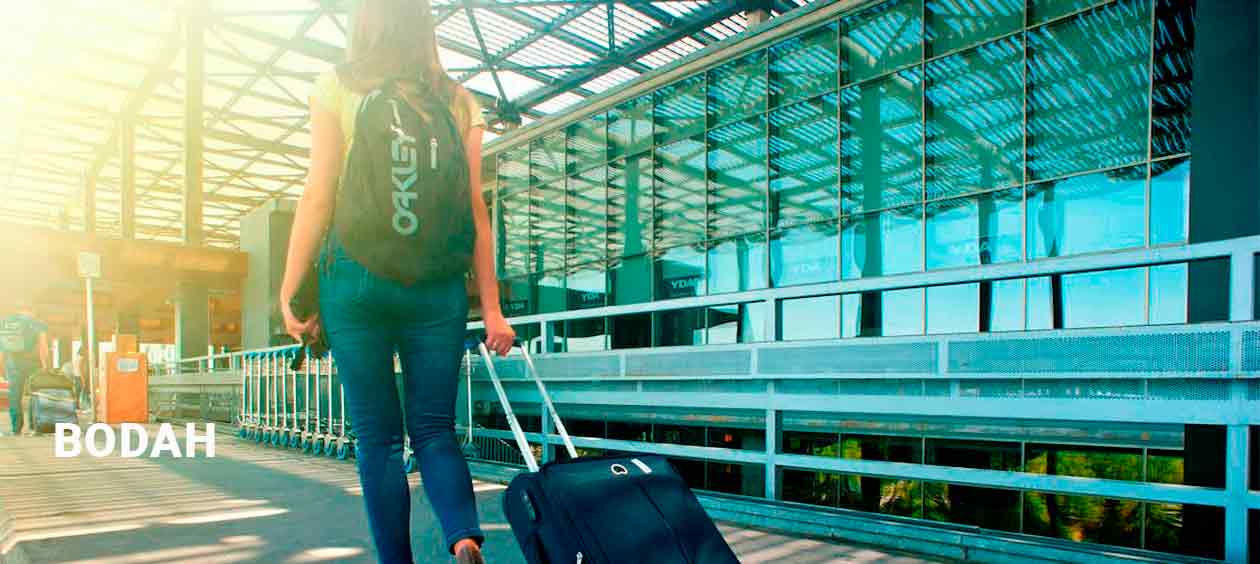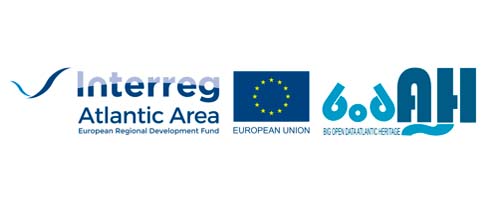Co-funded by the EU Interreg Europe programme, ENAIBLER has emerged to enable regional and local governments to lead AI-driven policies that support the digital transformation of their territories.
- WHAT IS THE PURPOSE OF THE PROJECT?
The project plans to develop new tools, solutions and knowledge, to meet the changes and characteristics of smart destinations, so that they can gather, generate, integrate and analyse the information and turn this into changes in behaviour and decision-making processes.
The final aim is to ensure that, thanks to the use of smart technologies and data, tourism, flows of visitors and the redistribution of socio-economic impacts are more sustainable.
The project, which is led by Turismo de Santiago de Compostela, also includes:
- Fomento San Sebastián
- Fundación Santa María la Real del Patrimonio Histórico
- Universidade Nova de Lisboa
- Cork Institute of Technology (Ireland)
- Glasgow Caledonian University
- Bangor University (United Kingdom)
- WHAT ACTIVITIES ARE BEING CARRIED OUT?
- Designing technology solutions that gather data from different sources and turn this into practical knowledge.
- System indicator: the system has been designed by using the European-based model. This model has been adapted, on the one hand, to meet the specifications of the Project and the destinations selected for it to be implemented, and on the other, to the unprecedented situation caused by the COVID-19 pandemic.
The main aim of the indicator system is to establish which aspects need to be measured and assessed to develop suitable tourism and people flow management practices.
To achieve this,
- It is necessary to find out how both residents and visitors behave in the destination. Some data that has been gathered: which places are most-visited; what number of visits do these have; how this traffic affects the site in question; what perceptions tourists and residents have regarding the destination, and finally, the socio-economic effects associated with the destination.
- Defining 30 indicators that address different aspects. This has three functions: to understand the real situation in the monitored reference areas; to anticipate and prevent possible saturation; and to establish strategic actions aimed at promoting good practices in the field of tourism.
- The system developed by the BODAH Project will make it possible, for example, to know how many people visit the historical centre of the city of Santiago de Compostela at any giventime, the length of their stay, how their visit affects the environment, the opinions that tourists have about the city, etc.
- WHO FUNDS THIS?
This project has been co-funded by the INTERREG ATLANTIC AREA (AA) programme.
- GET TO KNOW THE PROJECT PARTNERS



